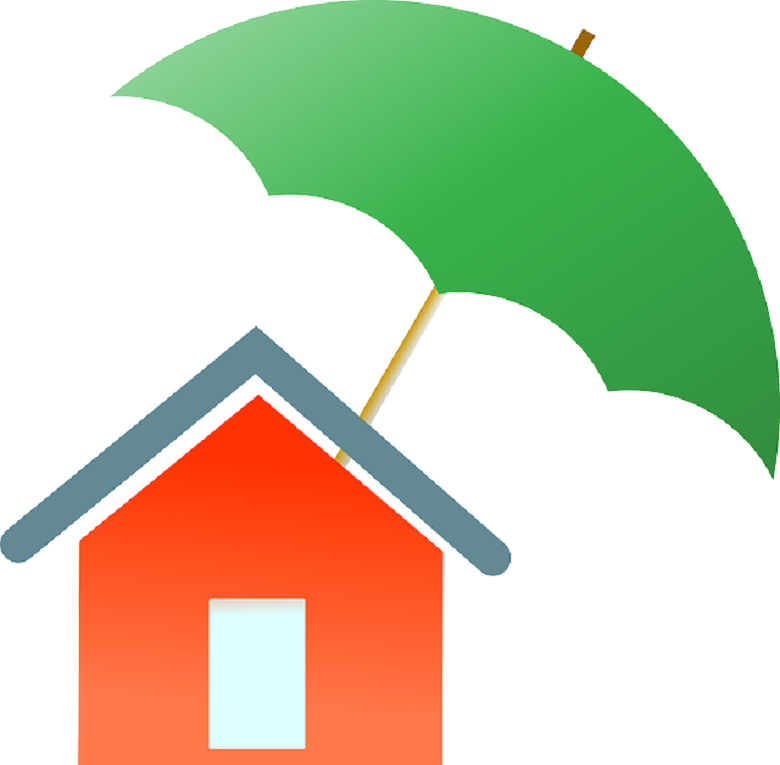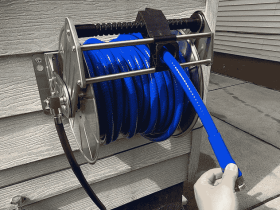Damp and water damage takes a toll on your home, leading to costly repair bills. Water damage can build up over time, and until the problem, it becomes a major disaster that will force you to hire a contractor and spend thousands of dollars.
Fortunately, there are easy fixes that you can do. Not only will this prevent possible water damage, but it also eventually adds up to the value of your home.
1. Build a dimpled membrane as a foundation
Two different processes need to work together to waterproof and dampproof your space.
According to the building code, you need to have a dimpled membrane that will stop the groundwater from coming in contact with walls, creating a space for the wall to breathe.
Placing complete protection against moisture and groundwater and filling in existing cracks using a concrete sealant does protect you and your property, with minimal upkeep.
2. Utilize a plaster waterproofing additive
This improves aesthetics and protects it from moisture seeping through. While many exterior plasters are somewhat waterproof, you can remove any water infiltration issues and prevent their reoccurrence by placing a waterproofing mixture on the plaster.
3. Inspect for cracks and leaks
You can also see waterproofing as an opportunity to enhance your home’s walls and foundation. Leaks can strongly indicate that there’s something wrong with the pipes and plumbing. Meanwhile, cracks can serve as entryways for water whenever it rains.
You can start your waterproofing by meticulously inspecting these most common problem starters and for any marks or signs, like musky odors and water stains.
4. Install leak detectors
These are electronic devices that detect water and flooding, then set off an alarm whenever it’s triggered. These devices come in all forms and sizes, with various features. Many have:
- WiFi capabilities
- Smart home integration
- Phone alerts
- Temperature sensors
They also have two major categories- area detectors and spot detectors. Area detectors use sensor wires to search for floors that cover a wider area. Meanwhile, spot detectors need moisture or water contact to set off the alarm.
It’s also worth noting that there’s an active and passive alarm. These are integrated into the water system, and active alarms may shut off the water supply. Meanwhile, you can place passive notices next to high-risk flood areas. They usually go off when the sensors get wet.
The only disadvantage of using passive alarms is that it needs a manual shut-off of the water system. Also, ensure that you check the batteries regularly.
Usually, the basic leak devices are affordable, only from $10 to $30 each.
Some things to consider when buying a leak detector:
- Automatic water shut-off feature
- Built-in siren
- Integration such as alerts and mobile apps
- Size and reach
- Power source
- Onboard sensors
5. Make sure that any protrusions are properly sealed
Ensuring that all protrusions are adequately sealed will serve as your first line of protection against water damage. Ensure that any protrusions in key areas in your home like chimneys, plumbing vents, skylights, and TV antennas are sealed properly,
You also have to inspect regularly as they eventually crack over time. Also, in areas where ice and snow usually form on your roof, ensure that ice dams don’t develop as the ice and show that can gather on your roof’s edge prevents the snow from running off.
This usually traps the water, which causes it to back up under tiles and create costly damage.
6. Keep your gutters and drains free of obstructions
Gutters and drains aren’t fun to clean, but they must be kept free from any obstructions.
Otherwise, you risk overflowing onto water-resistant walls, which build a pool of standing water on the ground. It can eventually get into the basement or to your wall cavities. That’s why, if you have a property near the beach, having the right water damage restoration oceanside is essential.
7. Install a weatherstrip across the bottom of your door
It would help if you kept your window frames and wooden doors moisture-free. In the same way, improperly installed doors and windows let in moisture.
An awning should secure your exterior doors and windows. It is to prevent the direct rain off them. This can be as easy as installing a weatherstrip across the bottom of your door.
It helps keep out drafts of wind and moisture. It would help if you sealed the glass into the window frame as it stops the water from having to lay in contact with the timber.
By not having a proper sealant, you’ll have to do costly installation of your doors and windows. Remember that keeping these sealed doesn’t just enhance your maintenance cost but also enhances the aesthetics of your home and energy efficiency.
Wrapping Up
So there you have it. Whatever the cause of water damage in your home, following these suggestions will decrease the risk of any water damage and flooding in your home. It also lessens the chances of destructive damage from happening to your property in the future.











Leave a Review